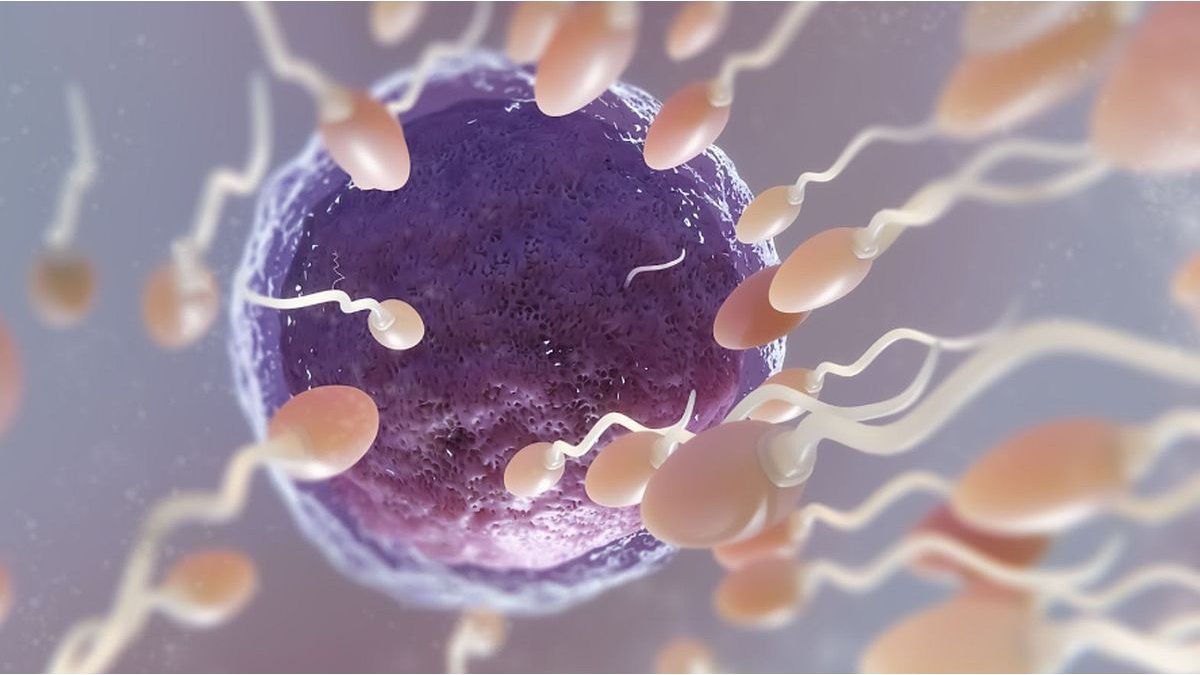From the analysis of vitrified ovules to the prediction of viable embryos, the AI is being used to improve pregnancy rates, reduce the amount of attempts and customize the treatments with greater precision.
The arrival of artificial intelligence in the field of fertility marks a paradigm shift in assisted reproduction treatments. These technologies begin to be incorporated into high complexity laboratories with the aim of making more effective decisions, based on data. From the analysis of vitrified ovules to the monitoring of embryonic development, AI allows you to anticipate results, choose more precision and reduce the number of cycles necessary to achieve pregnancy.
The content you want to access is exclusive to subscribers.
One of the main uses is the prediction of blastocyst development: algorithms analyze microscopic parameters to estimate which ovules have greater potential, and if it is convenient to perform a new cryopreservation. It also applies during embryonic cultivation, helping to define the best time to freeze or do preimplantative genetic studies. Although its implementation is not yet massive in Argentina due to high costs, experts agree that their progress could significantly improve success rates.


“We are facing a tool that can change the treatment approach: if we manage to better predict which embryos have more implantation chances, we not only increase pregnancy rates, but we avoid repeating unnecessary cycles,” explains Fabian Lorenzo, vice president of Samer, specialist in reproductive medicine. Ferring laboratories reference.
In parallel, current treatments incorporate an integral look on reproductive health. Weight control, physical exercise and chronic stress management are key, since conditions such as polycystic ovary and insulin resistance negatively affect ovulation. Attention to nutritional factors is also paid: intestinal and vaginal microbiota, for example, have a fundamental role in inflammatory processes that can hinder embryonic implementation.
“Metabolic health, food and stress control have a direct impact on fertility. We see more and more evidence on how factors such as intestinal disbiosis or vitamin D deficit influence ovulation and endometrial quality,” says the Ferring referent.
In addition, specialists warn about the impact of endocrine disruptors, substances present in plastics, pesticides and industrialized products that alter hormonal balance. Simple actions such as heating food in plastic containers, filtering consumption water or prioritizing fresh foods help reduce its negative effect on fertility.
In this context, and in the face of a birth birthday – which in urban areas such as CABA is already under 1.2 children per woman, according to the Ministry of Health – preventive strategies gain prominence. Ovarian reserve controls, the measurement of antimulerian hormone and cryproofing of ovules are consolidated as reproductive planning tools, especially in women who decide to postpone maternity for personal or professional reasons.
Fertility 4.0 not only implies more technology, but a holistic approach that combines science, prevention and customization to accompany each patient on their way to motherhood.
To implement this comprehensive fertility approach 4.0, during June – me of fertility – the platform @powerility. Always consult with health professionals to better understand options and take proactive measures to guarantee reproductive health.
Source: Ambito
I am an author and journalist who has worked in the entertainment industry for over a decade. I currently work as a news editor at a major news website, and my focus is on covering the latest trends in entertainment. I also write occasional pieces for other outlets, and have authored two books about the entertainment industry.




